The best Guitar for Beginners – Acoustic or Electric?
The right guitar for beginners makes all the difference. The choice of guitar often determines whether a beginner will develop a lasting interest in music, or give up in frustration. No matter if you’re looking for an acoustic or an electric guitar for beginners: The key is to find an instrument that suits the player and their musical interests. Read our buyer’s guide on guitars for beginners to find out more.
Note: This article was originally published in German on bonedo.de.
With so many options out there, finding the best guitar for beginners can be a confusing and overwhelming task. In this guide, we want to shed some light on the subject and share some (hopefully) helpful tips about the three most common types of guitars to help you pick the right instrument.
The best Guitar for Beginners
Which type of guitar is best for beginners?
A controversial topic. Which type of guitar is best for beginners usually comes down to personal musical taste. One of the main questions many beginners ask themselves is: Should I start with an acoustic guitar (with nylon or steel strings) or an electric guitar? To help you make a decision, we’ve put together a list of some of the advantages and disadvantages of each type.
Electric or Acoustic Guitar for Beginners: Pros and Cons
Classical guitar (nylon-string acoustic) – the classic beginner’s guitar
- Nylon strings for soft, comfortable grip
- Available in various sizes (also for children)
- Relatively inexpensive
- Soft and pleasant sound
- Classical guitars are popular beginner guitars
Steel-string acoustic – the versatile guitar
- Steel-string acoustics are rich in overtones, loud and assertive
- Can be used in almost any musical style
- Stylistically flexible: can be played with a pick or plucked (fingerstyle)
- Steel strings are less comfortable to play than nylon strings
- Almost exclusively available in adult sizes
Electric guitar – the gateway to rock ’n’ roll
- Indispensable in modern styles
- Plays similarly to steel-string acoustic guitars
- Good for playing in bands thanks to amplification
- Requires an amplifier and possibly other accessories
- Mostly played with a pick, plucking techniques are rarely used
What makes the Classical Guitar the traditional Guitar for Beginners
Many children begin their guitar careers on a classical guitar, which makes perfect sense because of the soft feel of nylon strings. In addition, classical guitars are available in different sizes, so that even the youngest children can find the right instrument. Besides full-size 4/4 guitars, instruments in 1/2 and 3/4 sizes are available.
Choosing the right size guitar is absolutely essential for a good start. A guitar that’s too big will be difficult or impossible to play with small hands, which can cause discomfort or even pain.
Half-size guitars are usually suitable for children from the age of six. From about the age of eight, a 3/4 guitar can be considered, which can be played until about the age of eleven. However, these are only approximate guidelines. Depending on growth, a child may be able to use a 1/2-size guitar for longer or the transition period between a 3/4 and a 4/4 guitar can be shorter. A good guitar teacher can help decide if changing to a larger instrument makes sense.
Thomann C-404 NT Set – Product Page*

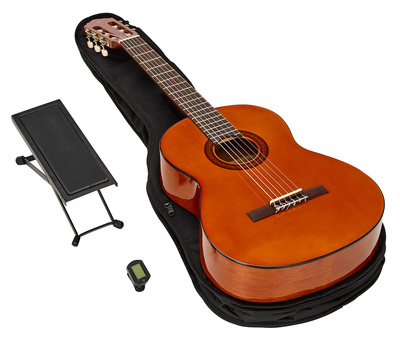
Why Steel-String Guitars are also good Guitars for Beginners
Acoustic guitars with steel strings are also available in different versions and body sizes. But they’re almost exclusively designed for adult players. Which type of steel-string acoustic you choose is more a matter of the preferred playing style and musical taste.
Most types of steel-string acoustics have their roots in the models established by the traditional American guitar maker Martin. Nevertheless, various manufacturers have reinterpreted the original shapes and established their own type designations, so that the model names are only guidelines in some cases.
In general, it can be said that a smaller body shape, such as a Martin OOO (also Triple O or Auditorium) or OM model, is best for solo or fingerstyle playing.
However, since most beginners start out playing chord accompaniments, the so-called dreadnought arguably makes the most sense in terms of sound. Due to their larger body, dreadnought guitars usually have a full sound that’s ideal for strumming chords and accompanying songs. That said, this guitar shape can be a bit bulky to handle for children or petite players. So it’s worth taking a look at smaller guitars. The Grand Auditorium shape is also often recommended as a guitar for beginners due to its universal capabilities.
Harley Benton Custom Line CLD-28SCE Walnut – Product Page*

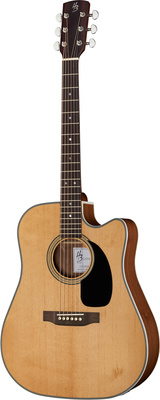
How to choose an Electric Guitar for Beginners
When it comes to electric guitars, the selection is extremely wide. Most instruments are based on a handful of classic styles established by the traditional brands Fender and Gibson. Fender relied on guitars with single-coil pickups, while Gibson mostly used humbuckers. To put it simply, humbucker pickups provide a full sound with very little background noise, which makes them ideal for rock styles with plenty of distortion. Single coils, on the other hand, have a leaner and more vibrant character and are especially popular in styles like funk and soul, for example. Of course, this is only a general guideline and some other factors also play a role, but let’s not make it more complicated than it needs to be.
What’s more important is that most beginners don’t yet know where their musical journeys will eventually take them, so it’s best to choose a guitar that allows them to experiment with a variety of styles in their lessons. Therefore, models that feature both a humbucker and a single coil, as many manufacturers now offer, are highly recommended. Another thing to consider with solid-body electric guitars is the weight. For example, guitars in the style of a Gibson Les Paul are often quite heavy and can be difficult to handle for smaller children.
Epiphone Slash AFD LP Performance Pack – Product Page*

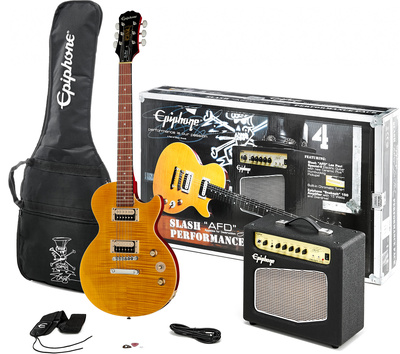
The best Guitar for Beginners – Conclusion
Thankfully, a beginner’s guitar doesn’t have to be expensive. Whether you choose a classical guitar, steel-string acoustic, or electric guitar, there are now plenty of affordable instruments available. Besides a clean overall finish, you should pay attention to cleanly set frets with rounded edges. If the frets aren’t polished cleanly at the factory (which can happen with some inexpensive guitars), this can slightly impair the playing feel. But it’s something that can quickly be taken care of by a professional.
We hope this guide has helped you to make a decision. But remember – there are no rules set in stone. If you already have a guitar teacher, be sure to also ask them (or another musician) for advice on how to find the perfect guitar for you.
More information
- The best beginner guitars for under €150
- The best value single cut guitars
- The best value T-style guitars
- The best value tube guitar amps
One response to “The best Guitar for Beginners – Acoustic or Electric?”
 4,5 / 5,0 |
4,5 / 5,0 | 

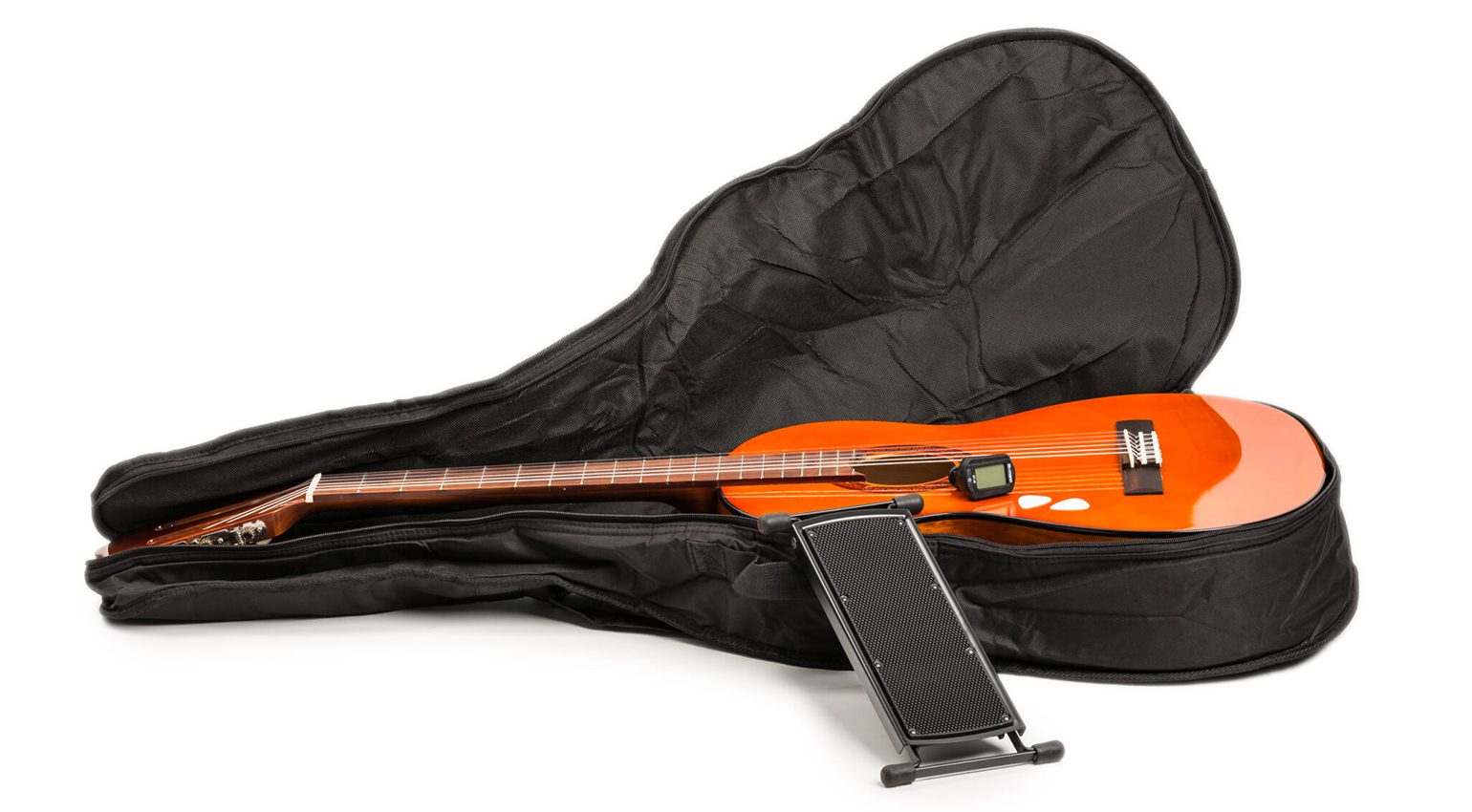

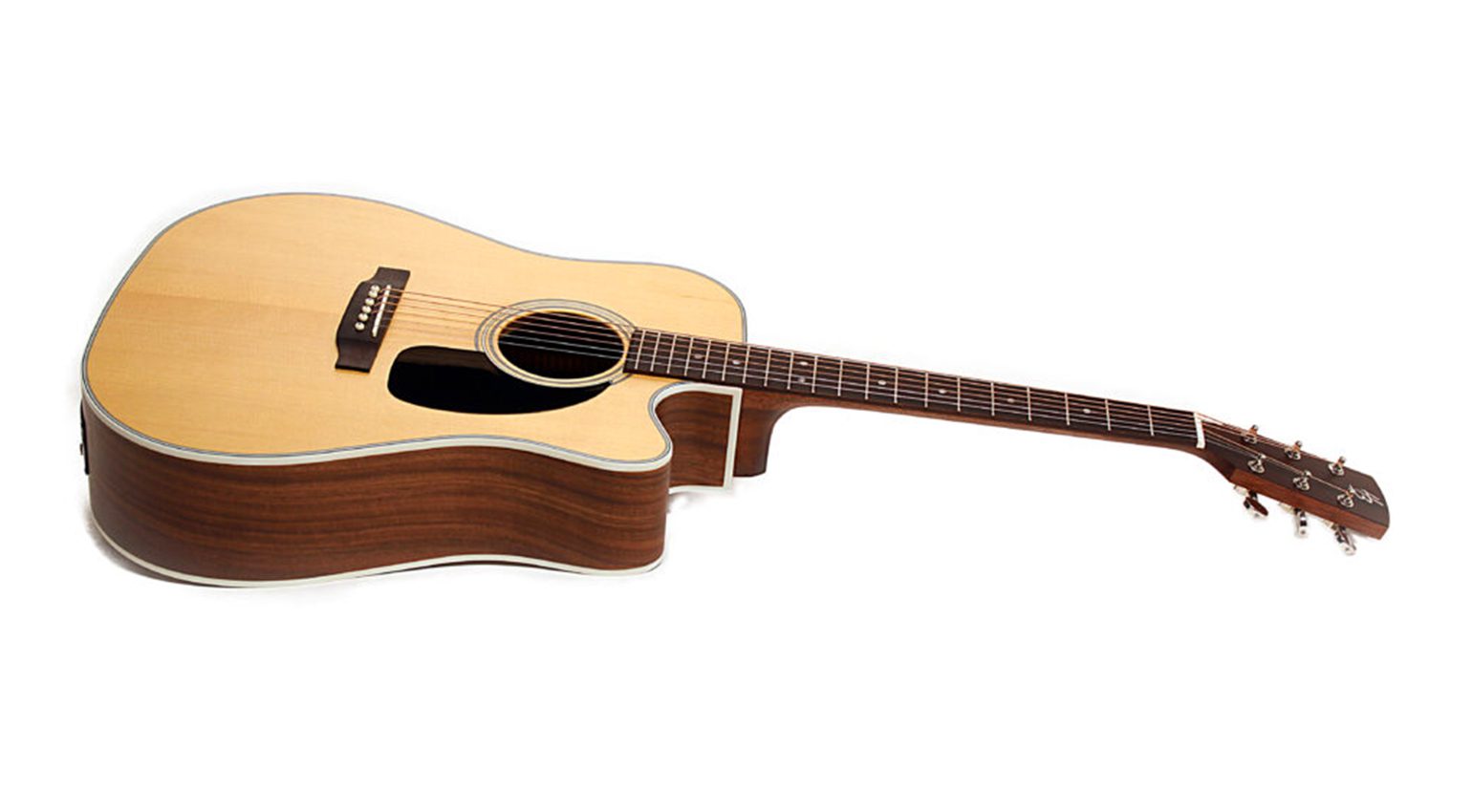
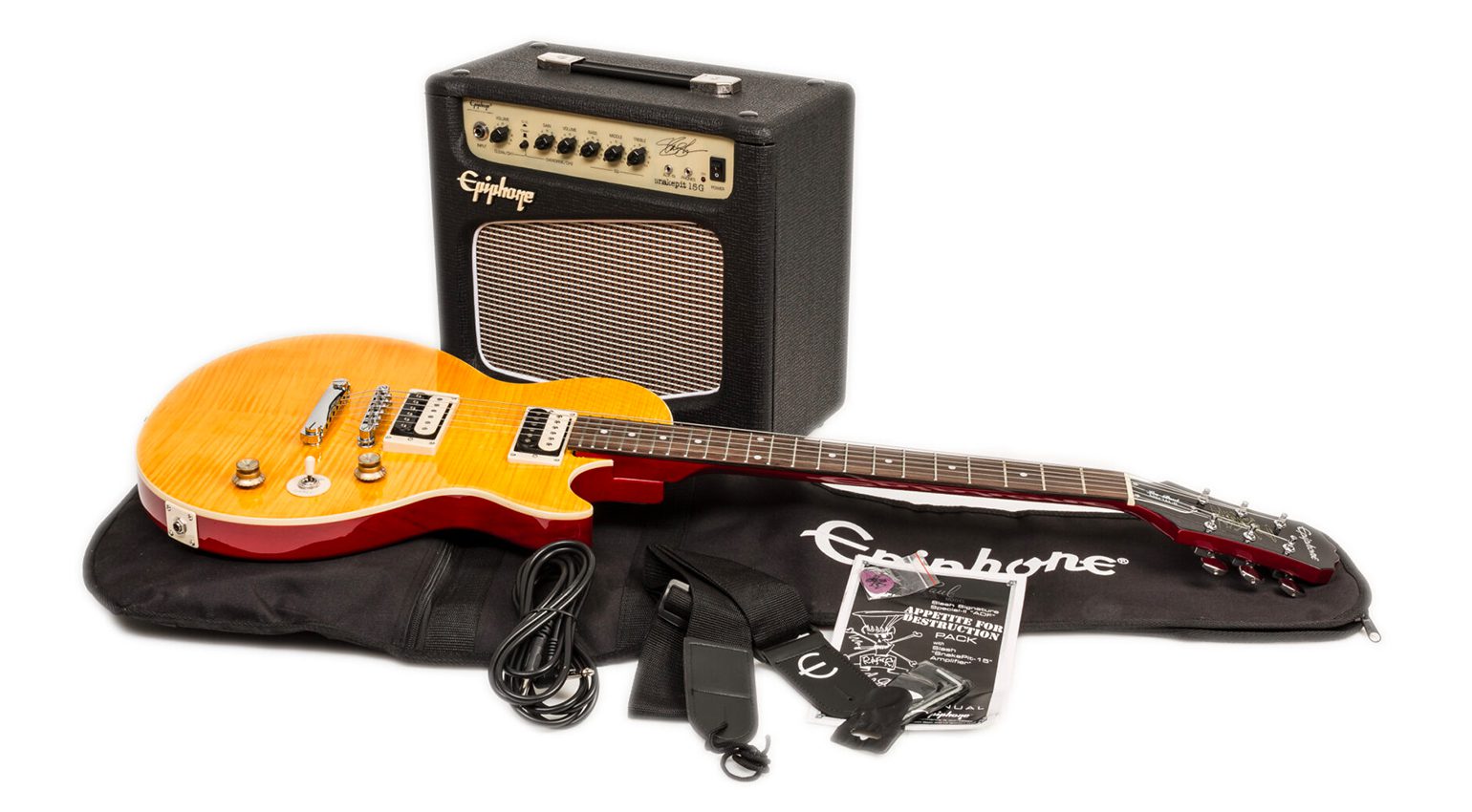
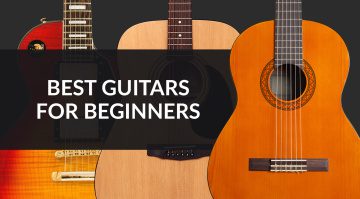

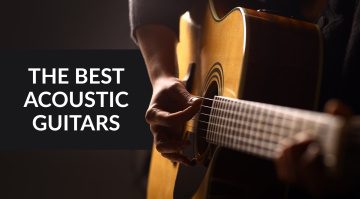


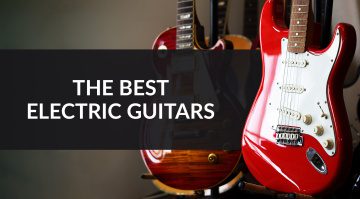

Nice article! I tend to steer people towards an electric because the string action is often lower (or more easily adjustable) for beginners, and kids find them more aspirational.
Playing without an amp or on headphones, it’ll make very little sound, which is usually a plus for parents. Haha
The best low-cost/quality guitar I’ve personally seen lately was the “Epiphone Les Paul Melody Maker E1”.